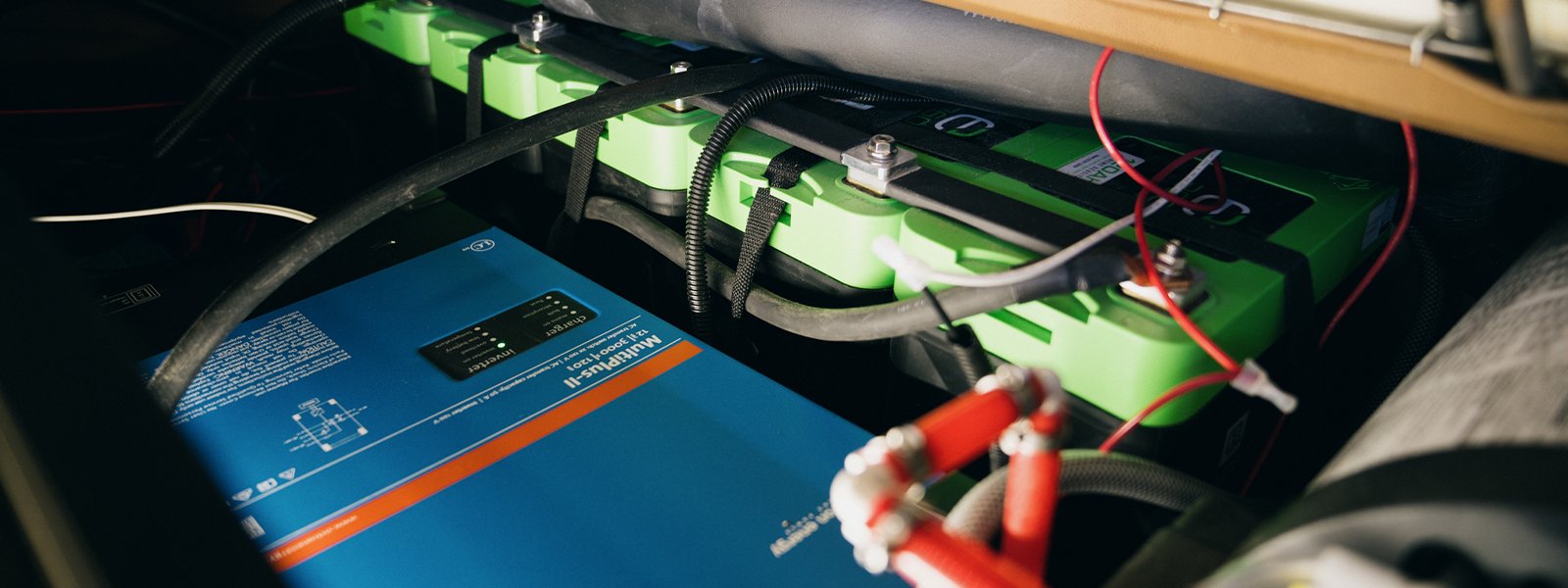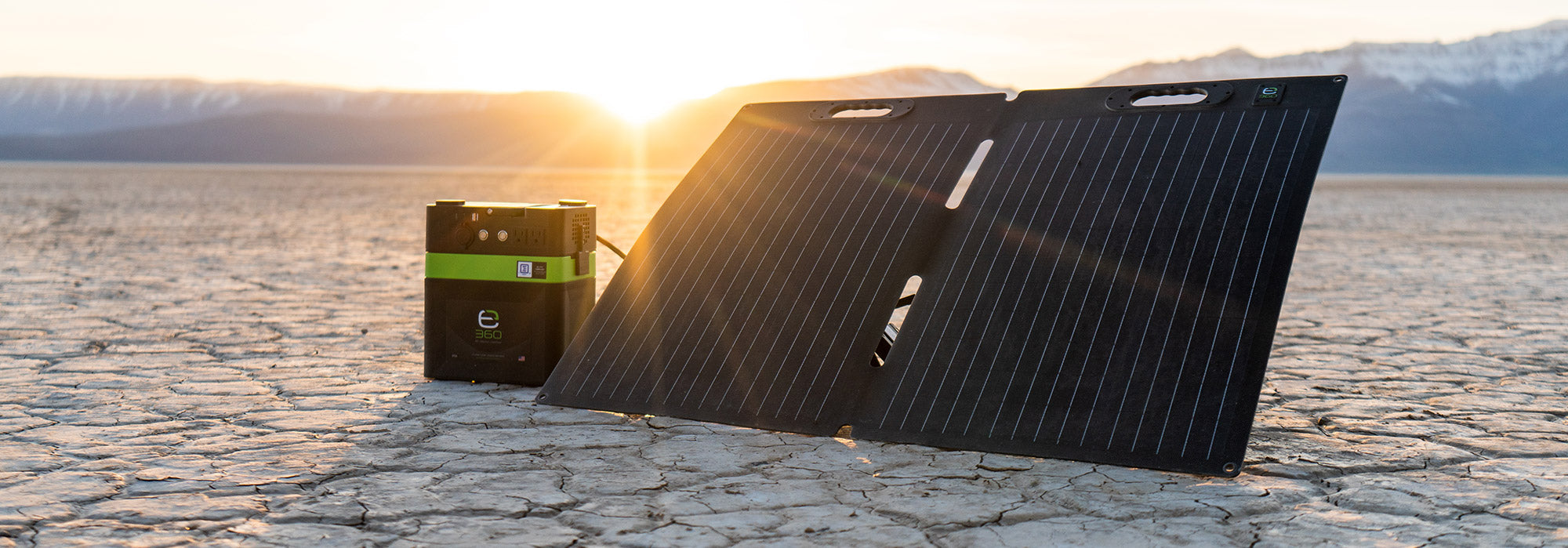The Environmental Superiority of LiFePO4 Batteries Over Lead Acid and NMC Batteries
When choosing a battery technology for power and energy storage needs, one often navigates a complex terrain of specifications, performances, costs, and—often overlooked—environmental impacts. This article sheds light on why Lithium Iron Phosphate (LiFePO4) batteries stand out as the superior energy storage solution compared to traditional lead-acid and NMC batteries.
Materials and Production
The environmental impact of a battery begins at the point of mineral extraction from the earth. As the name implies, lead-acid batteries contain substantial amounts of lead, a toxic heavy metal. Lead mining, refining, and recycling come with serious environmental and health hazards. From water pollution to soil contamination and harmful air emissions, the lead industry has had significant negative impacts on our planet, many of which have been designated superfund sites.
On the other hand, LiFePO4 batteries use lithium, iron, and phosphate—materials that are also mined but are much less harmful to the environment when compared to lead. Iron has been mined and produced from the earth for thousands of years. Phosphate is an essential component of fertilizers for agriculture and has relatively low toxicity. While scarcer than lead, lithium is much less harmful to the environment and can be extracted from the earth using environmentally benign methods. Therefore, from a materials and production perspective, LiFePO4 has a less damaging ecological footprint.
Performance and Lifespan
Battery performance and lifespan directly contribute to environmental impact, so they must be considered when comparing these two battery chemistries. Lead-acid batteries have shorter lifespans and lower energy densities compared to LiFePO4 batteries. More lead-acid batteries must be manufactured, transported, and disposed of to achieve the same energy output as a single LiFePO4 battery. Consequently, the mining, energy, resources, and waste involved in this process make lead-acid batteries much less sustainable.
In contrast, LiFePO4 batteries boast significantly longer lifetimes (up to 10 times compared to lead-acid batteries) and greater energy efficiency. This translates to less frequent replacement, fewer resources used in production, and reduced waste, amplifying their environmental advantage.
Recycling and Disposal
End-of-life management is crucial in assessing a product's environmental impact. Lead-acid batteries have a successful recycling infrastructure, with a recycling rate of nearly 99% in the U.S. However, this process is energy-intensive and produces harmful emissions, including lead dust and sulphuric acid.
LiFePO4 batteries, while having a less established recycling infrastructure, are gaining attention for their 'green' disposal. The materials in these batteries are less harmful, and innovative recycling methods that are less energy-intensive are being developed. More importantly, given their longer lifespan, the need for recycling or disposal is deferred significantly compared to lead-acid batteries.
The Safety Factor
Lastly, safety considerations cannot be overlooked when discussing environmental friendliness. Lead-acid batteries are notorious for their hazards, including the risk of acid spills and the release of flammable hydrogen gas. LiFePO4 batteries, on the other hand, are celebrated for their thermal and chemical stability, making them a safer choice. This stability also means that, in the case of accidents, LiFePO4 batteries are less likely to result in environmental contamination.
Comparing LiFePO4 to NMC: Labor Conditions and Environmental Impact
Another prominent chemistry in the lithium battery industry is Nickel Manganese Cobalt Oxide (NMC). This chemistry is known for its high energy density and widespread application in electric vehicles, but NMC batteries are surrounded by concerns about their inherent environmental and social impacts.
A primary concern with NMC batteries involves their use of cobalt, a considerable portion of which originates from mines in the Democratic Republic of Congo (DRC). Here, cobalt mining has been associated with serious human rights abuses, including child labor, unsafe working conditions, and extreme health hazards.
In addition to these troubling ethical issues, cobalt extraction poses significant environmental threats. It can lead to extensive habitat destruction, severe water pollution, and notable contributions to greenhouse gas emissions. While there are ongoing attempts to source cobalt responsibly, these issues remain a persistent challenge for the NMC battery industry.
On the other hand, LiFePO4 batteries are entirely cobalt-free in their chemical makeup, thereby avoiding these ethical and environmental concerns. The production of LiFePO4 batteries mainly involves the operation of heavy machinery and pumps to bring lithium salt brine up from below the earth’s surface, substantially reducing the potential for inhumane labor conditions.
Furthermore, the inherent stability of LiFePO4 batteries lowers the risk of combustion, providing additional safety during manufacturing, usage, and disposal. By contrast, NMC batteries present a higher risk of thermal runaway and require additional safety measures, adding to their environmental burden.
The Bottom Line: LiFePO4 Batteries are the Clear Choice
Adding ethical labor conditions into our environmental assessment further bolsters the case for LiFePO4 batteries. They emerge as a more environmentally friendly choice and one that upholds better labor standards than lead-acid and NMC batteries. Clearly, LiFePO4 batteries represent the superior energy storage solution to support environmental stewardship, maximize ethical mineral extraction, and contribute to a more sustainable future for our planet.






